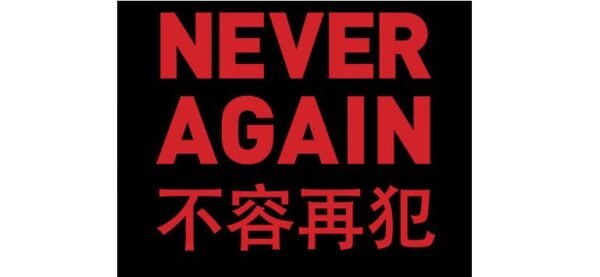THE ATROCITIES OF THE JAPANESE INVASION OF CHINA

• The number of Chinese casualties (soldiers and civilians) inflicted from Japan’s war ofaggression against China was 35 million, equivalent to the population of Canada (2013)
• China’s economic losses caused by Japan’s war were more than $600 Billion in 1937 US dollars.This is equivalent to more than $10 Trillion of today’s Canadian dollars, more than five timesCanada’s Gross Domestic Product (GDP) in 2012.
• The September 18th rally in Vancouver is staged on the anniversary date of the Manchurian Incident on September 18, 1931, which paved the way for Japan to seize China’s three northeastern provinces and created a puppet state of Manchukuo.
• On July 7, 1937, Japanese militarists instigated the ‘Marco Polo Bridge (Lugouqiao) Incident’ and launched an all-out war of aggression against China. The Japanese aggressors set off a bloodbath of brutal butchery, including the atrocious ’Nanjing Massacre’, the merciless ‘Bombing of Chongqing’ and the horrific ‘Liaoning Pingdingshan Massacre’.
• On December 13, 1937, Japanese troops captured Nanjing and for the next six weeks, committed countless acts of rape and looting in the process of slaughtering more than 300,000 innocent civilians, half the population of Nanjing at the time.
• Hundreds of thousands of Chinese civilians were abducted into forced labour; women were seized and forced to act as ‘Comfort Women/Sex Slaves’ for the Japanese military.
• Japanese troops used chemical and bacterial weapons against Chinese soldiers and civilians. A covert biological and chemical warfare development and research group, the infamous Unit 731 undertook lethal and inhumane experimentations on men, women, children and infants.
• Many victims were first infected with various diseases and were then subjected to vivisection without anesthesia. Doctors performed invasive surgery on the victims, removing their organs to study the effect of diseases on the human body, while these victims were still alive.
• China, who fought on the side of the Allies in the Second World War, resisted the Japanese aggressors for eight years until August 15, 1945, when Japan announced their unconditional surrender and signed a formal surrender agreement on September 2.
• A pacifist constitution written for postwar Japan by the United States took effect in May 1947, limiting Japanese military activities to home soil only.
